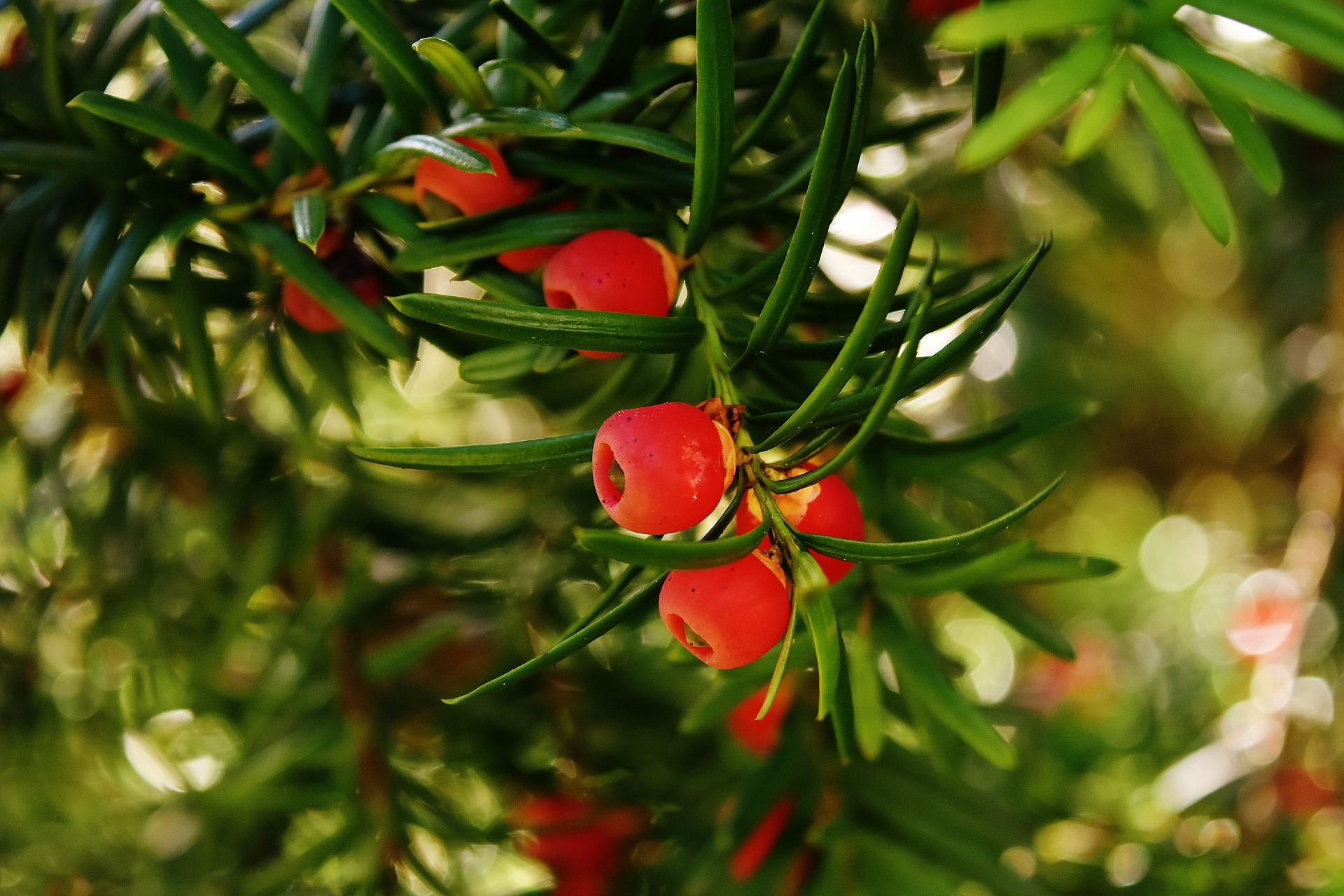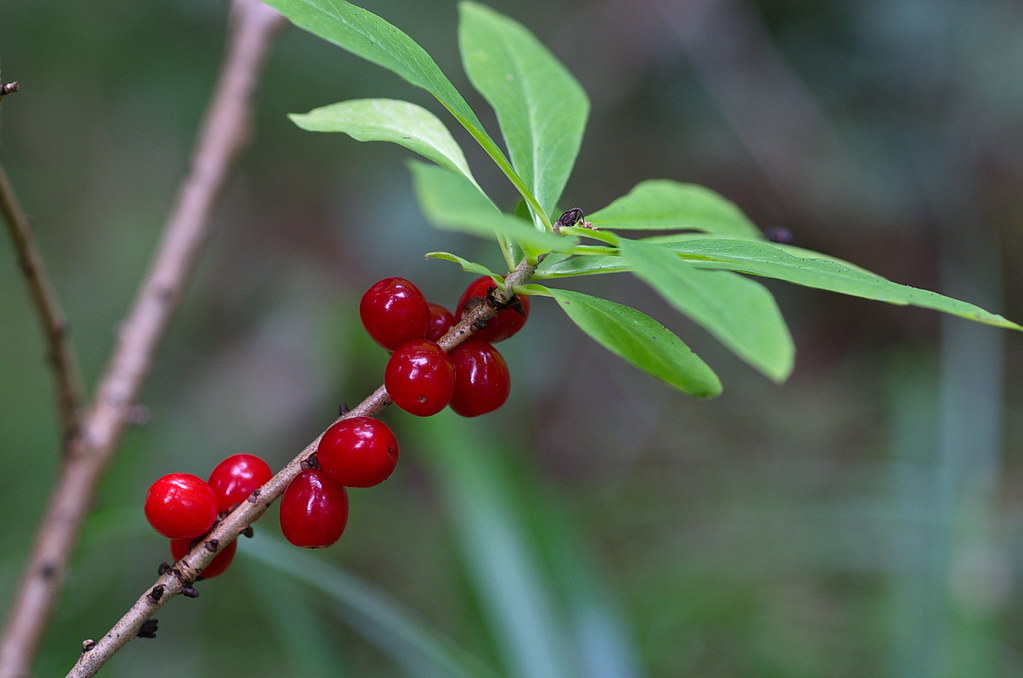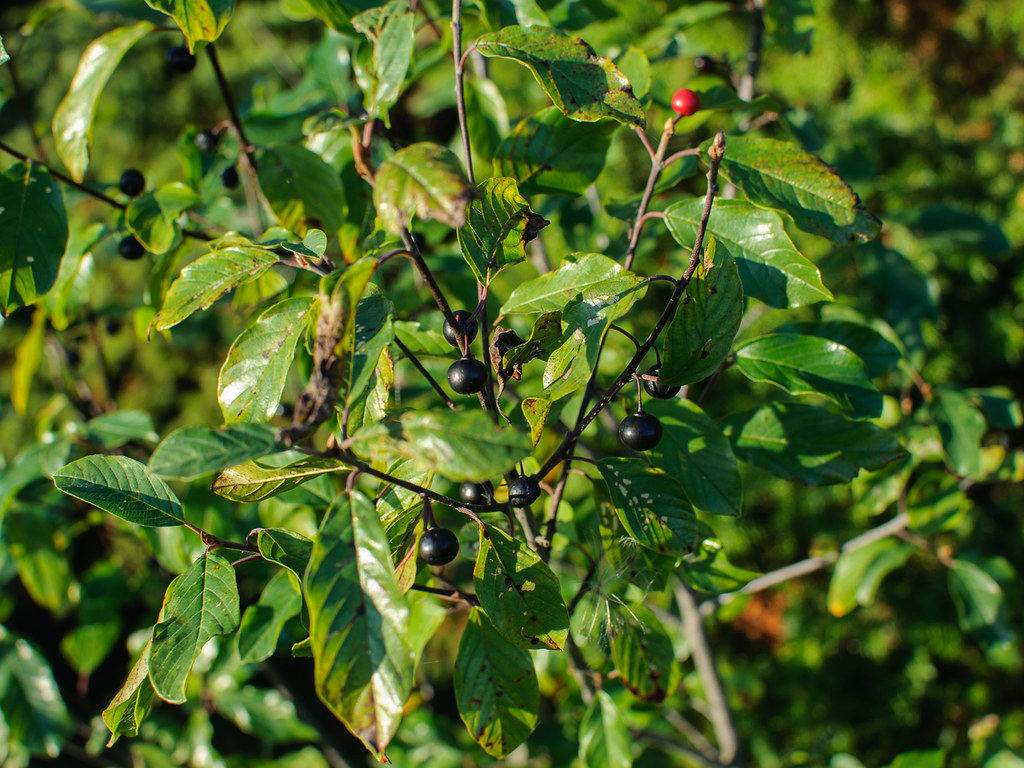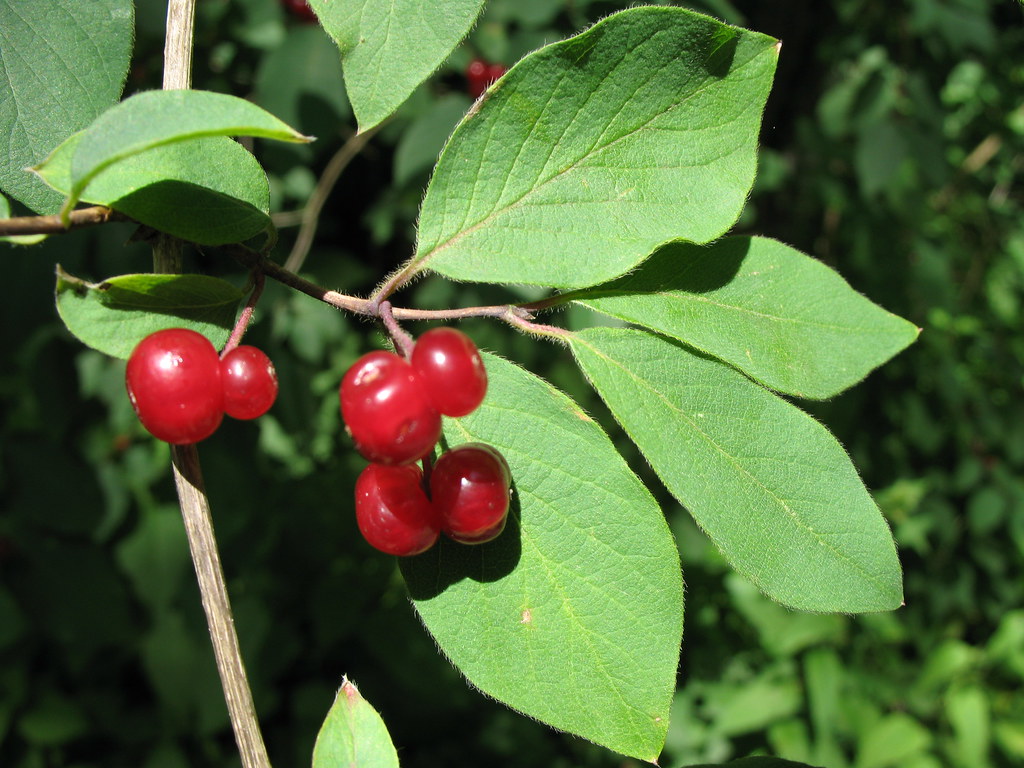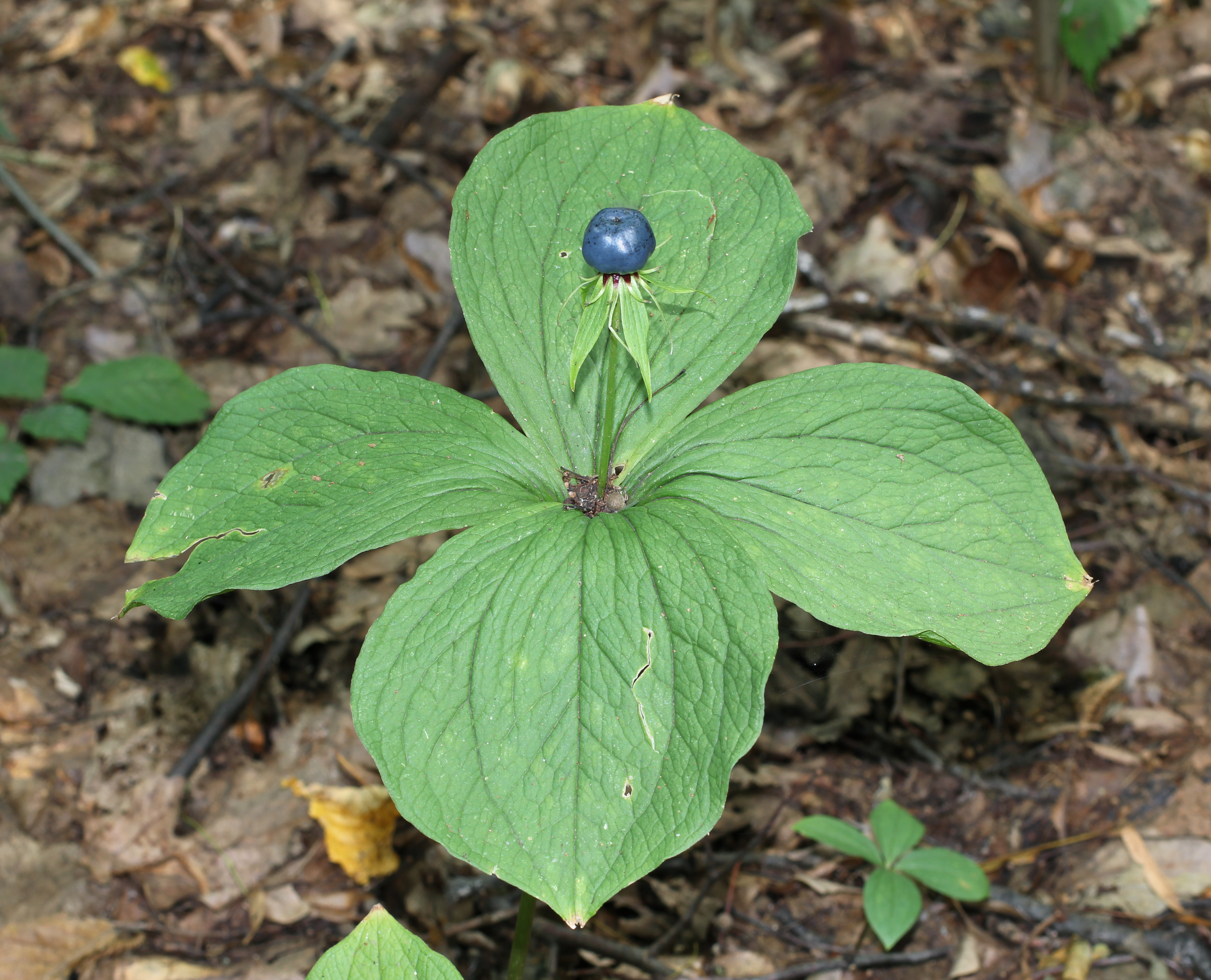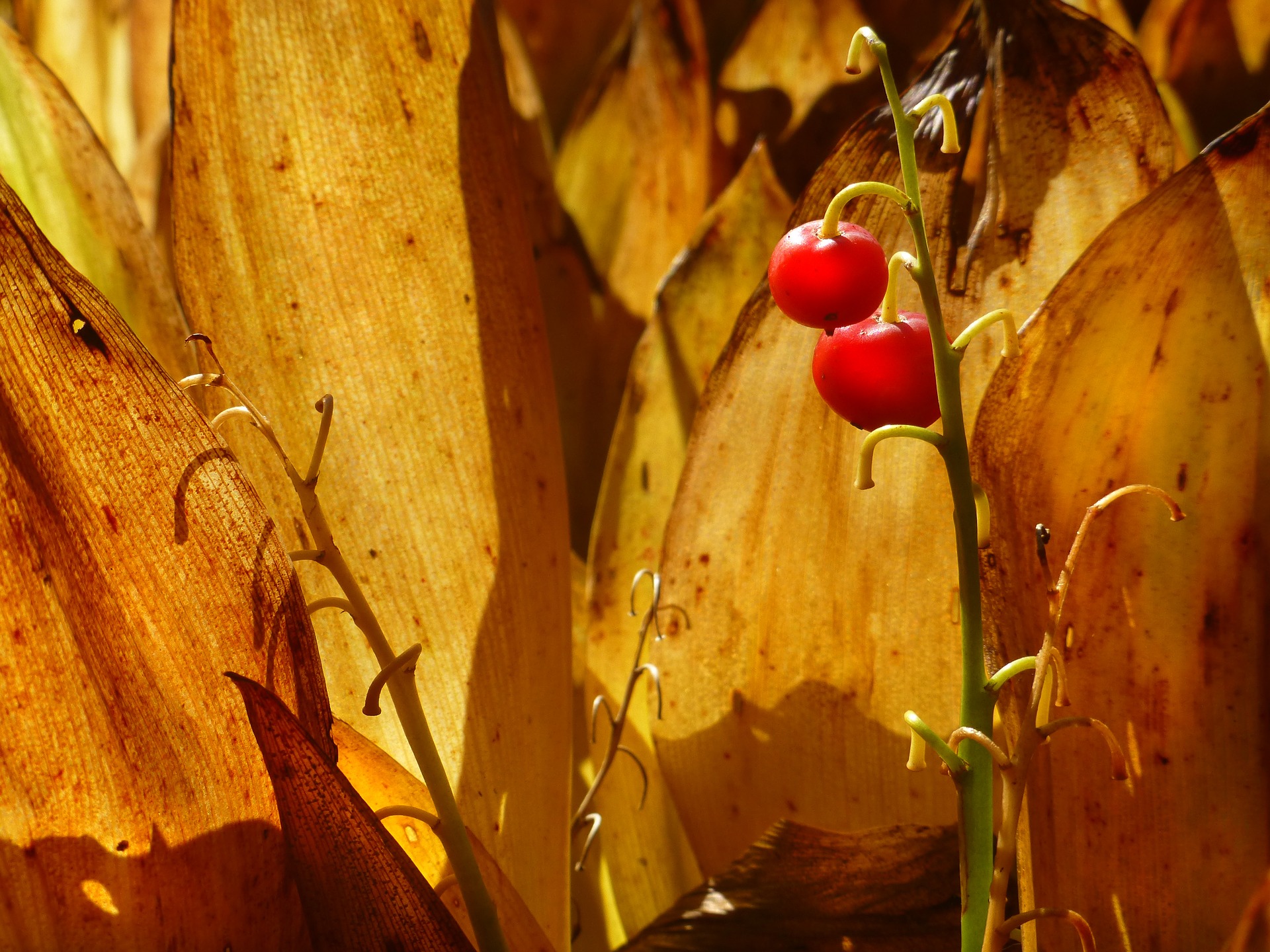The berries are rich in vitamins and minerals and various bioactive compounds, while providing little energy
Going berry-picking is a good reason to go to nature, breathe fresh air, and get to know the surroundings – it is a part of Estonian summers and autumns. Berry pickers keep alive a tradition of centuries, if not millennia old. The opportunity to pick vitamin-rich, useful, and tasty winter stocks adds a bonus to the entertainment for families or friend groups. For many people in rural areas, picking wild berries also provides a significant additional income [1]. A good berry-picking spot is kept as a secret of a small circle, and one family can visit the berry site for decades. Estonians mainly pick wild strawberries and raspberries, blueberries, lingonberries, cranberries, and cloudberries from the wild.
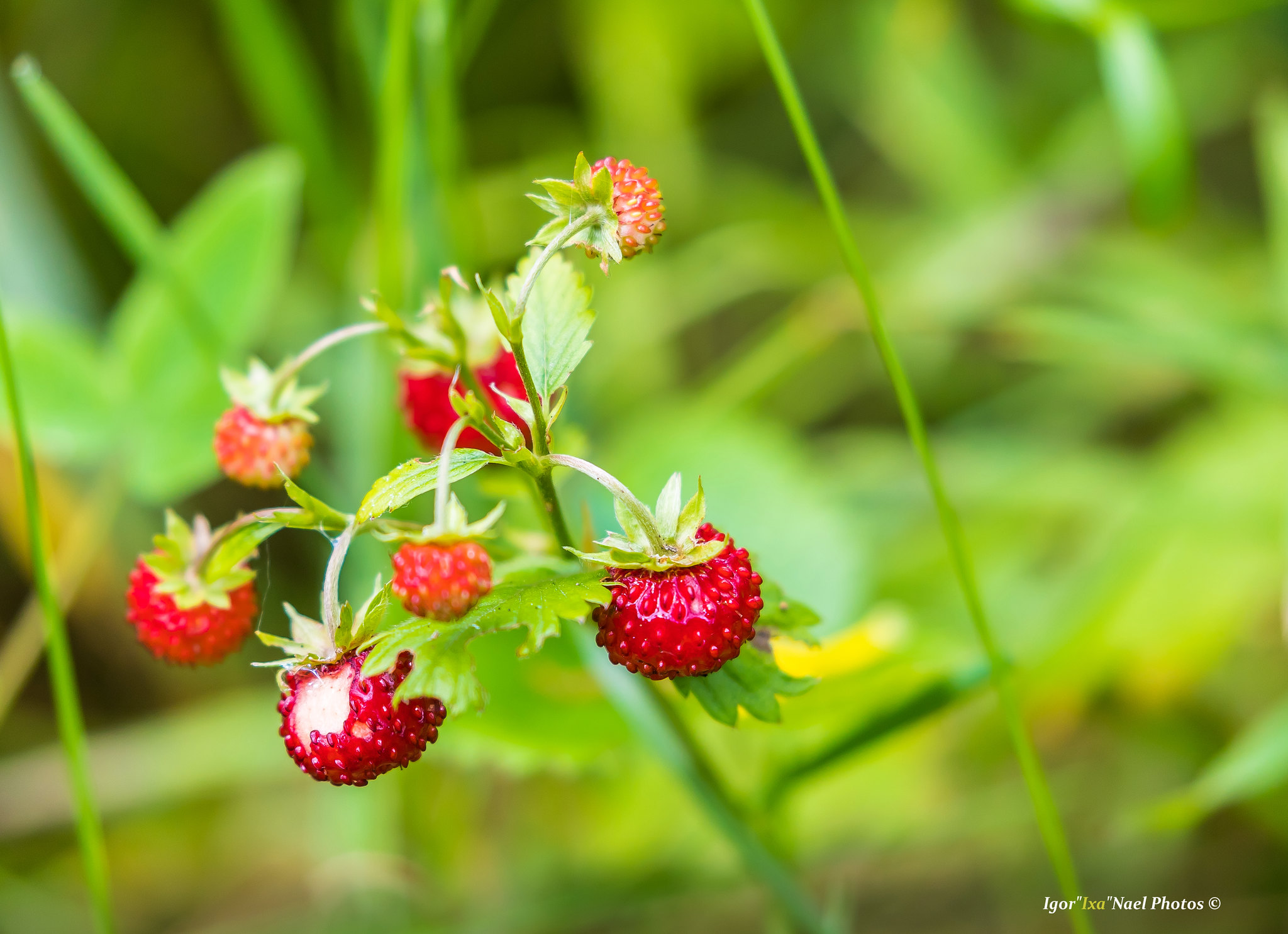
Blueberries are widespread throughout Estonia, growing mainly in forests and at the edges of forests and bogs on moderately moist mineral or peat soils. The berries ripen in July. Blueberries are used in folk medicine as a remedy for stomach and skin problems and to improve vision. You can eat the berries, make preserves out of them, or make tea from the leaves.
Wild strawberries grow on wooded meadows, alvars, clear cut areas, curbs, and field beds, preferring dry and sunny places. The fruits ripen as early as in June. Wild strawberries contain iron and vitamin C, are good for the formation of blood and for the treatment of gout and heart and kidney diseases.
Wild raspberries grow in sparse forests and clear cut areas, open areas, at the edges of forest roads and drainage ditches, preferring semi-shady habitats. The berries ripen in July to August. In addition to berries and the jam and juice made from them, good and useful tea can be boiled from the raspberry leaves and stems. Raspberry tea is recommended for colds: it makes you sweat, reduces the fever, and also helps with headaches.
Cloudberries can be found in wet places with acidic peat soil: wooded bogs, bog pine forests, mixotrophic fen forests. The berries ripen in July to August. Cloudberries have been used to treat cough, tuberculosis, rheumatism, gout, and other diseases
Lingonberries grow mainly in dry boreal forests with airy sandy soils, but also in drier bog edges and bogs, often next to blueberries. The berries ripen in August and can be picked until October. Tea made from lingonberry leaves helps with urinary tract diseases and kidney and bladder stones. The berries are good for rheumatism and arthritis. In addition, lingonberries contain the antibacterial benzoic acid, which means that lingonberries and the preserves made from them can be preserved well.
To pick cranberries, you must go to a bog or a swamp. The berries ripen in mid-September, but the right time to pick them is after the first night frost – then, the berries have the most useful substances. Cranberries are also rich in benzoic acid and can be very well preserved. Cranberries help with urinary tract infections and other inflammations and provide protection against cancers and cardiovascular diseases [2].
How to use wild berries?
The berries contain a lot of vitamins, minerals, and various bioactive compounds, while providing little energy. Most berries have an energy content of about 40–50 kilocalories per 100 grams, which is less than we get from one chocolate candy [3]. Berries picked for food spoil quite quickly as a result of the activity of microorganisms. Fresh berries can be stored in a cool place for a few days, but for longer storage, they must be frozen, dried, or canned. Nowadays, it is very common to make preserves and drinks from the berries.
Our ancestors also used the juice of the brightly coloured wild berries for dyeing: blueberry and cranberry were suitable for dyeing yarn, for example. A farm girl heading for a dance could also add red to her cheeks with cranberry juice.
Caution!
When picking berries, you must be absolutely sure that you recognise the plant. Poisonous berries can be found everywhere – in forests, grasslands, and home gardens. It is very important to teach children that they should not eat every nice-looking berry. The yew, alder buckthorn, honeysuckle, mezereum, herb-paris, lily of the valley, and many others have poisonous berries. If it is suspected that a child ate the berries of these plants, it is worth calling the poison information line 16662 and asking for advice. If the situation is serious, call the emergency number 112.
Last modified: 13.01.2022
_______________________________________________________________________________________
[1] Remm, L, Rünkla, M, Lõhmus, A. 2018. How Bilberry Pickers Use Estonian Forests: Implications for Suistainaining a Non-Timber Value. Baltic Forestry 24(2):287-295. -
